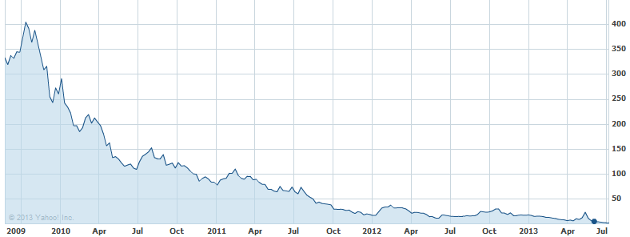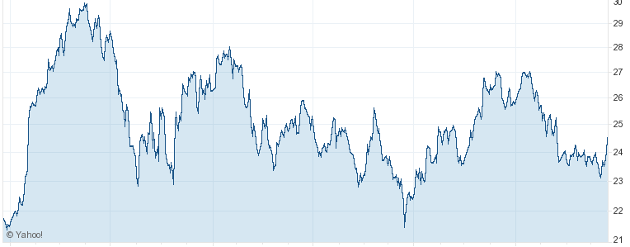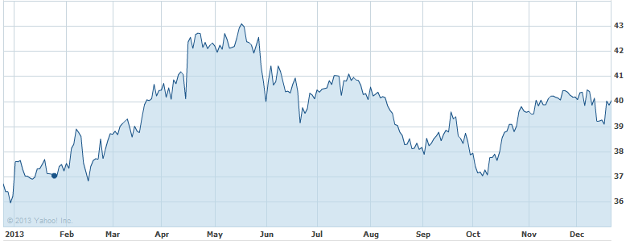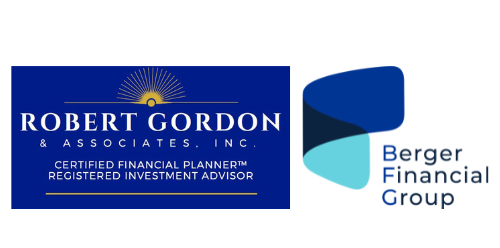There Is No Risk In The Stock Market
Submitted by Robert Gordon & Associates, Inc on March 5th, 2019Since 1926, if you invested in the S&P 500 for any 16 year rolling time frame, you experienced a positive return 100% of the time. For all 10 year rolling time frames since 1926, you experienced positive returns 94% of the time. This shows that, historically speaking, if you invest for long enough the possibility of permanent loss is ZERO, AKA zero risk.
Is your brow folded and are you shaking your head at the apparently absurd statement I just made? You are probably confusing risk with volatility. Volatility is what keeps you worrying about the value of your nest egg. Unfortunately though, volatility is a necessary evil if an investor wants to experience long term returns. See my proof below.
The other day I read a report from an analyst questioning “Are U.S. Treasuries are riskier than southern European bonds?”
Is there a difference between the words “Risk” and “Volatile”?
Yes, quite a large one that is important for investors to understand. Let’s define these key terms:
Risk – exposure to the chance of injury or loss; a hazard or dangerous chance. The degree of probability of such loss.
If you are worried about the “risk level” of a certain investment, you are worried about the potential permanent loss of your money.
As an investor in a “risky investment”, you are worried the chart of your “risky” investment may end up like this:

Going to zero and giving you a permanent loss of your capital. Risk is based on the actual fundamentals of a company or country. Or, in the analyst’s remarks about Treasuries, the macroeconomic characteristics of countries. So, for U.S. Treasuries to be more Risky than Southern European countries bonds, there would have to be increased likelihood that the U.S. defaults on its debt payments over those southern European countries.
However, if one takes a step back and looks at the actual monetary system of the U.S. compared to Europe, it is obvious that U.S. Treasuries are much less risky than southern European bonds. The U.S. controls its own currency, unlike the individual countries of Europe. The U.S. has no constraint on how much money it can pay out. (There are other constraints, such as inflation and faith in the U.S. dollar, but that is a discussion for another day). The U.S. can always print up money to make an interest payment for your Treasury bond. Italy or Greece do not have that luxury.
What the analyst really should be asking is “Are U.S. Treasuries more volatile than southern European bonds?”
Volatility – Tending to fluctuate sharply and regularly.
The volatility of a stock or bond does not necessarily have to equate with its risk.
Consider this “volatile” stock chart compared to a less volatile one:
More Volatile – multiple 20-30% swings over this period:

Less Volatile – much less dramatic price action, slightly more than a 10% swing:

The more volatile stock goes up and down much more violently. But it makes billions of dollars every year, and has billions of dollars of cash on hand to weather hard economic times.
If the less volatile stock has never made a profit, has declining sales and will be forced to take on more debt to pay its short term liabilities, is it really “Less risky” as the volatility implies? No! In fact one could argue the opposite as the more volatile company has a much stronger balance sheet.
Volatility simply refers to the price action. Usually this is expressed in terms of a stock’s Beta.
However, an investor has every right to be concerned about an investment’s volatility. For example, consider why many asset managers do not recommend short term investments in the stock market.
On average, the stocks market will see a 10% decline every two years or so. Meaning if you invest $1,000 today in the stock market and need to withdrawal the money in 2 years, chances are too high that your $1,000 will be less than $1,000 in 2 years. Over much longer time horizons the stock market has performed very well, but it is much more volatile in the short term.
Now, consider your checking account:
When you deposit $100 in your checking account, you expect it to be worth $100 tomorrow. If your checking account had high volatility, it would be a terrible place to hold money that you may need immediately. There is no chance for any kind of return or appreciation with your checking account, but in exchange of that, you get 0 volatility.
A security’s volatility matters if the money is needed immediately because you may be forced to sell and take a loss when the security has only temporarily declined.
Conclusion
There is an important difference between an investment or portfolio's volatility and its risk.
Volatility should be a concern to investors if the money is needed in the immediate future. Just because an investment is more volatile does not necessarily mean it is more risky in the long term. As an investment’s time horizon gets longer, the effect of volatility is reduced greatly.
The stock market as a whole is much more volatile than a bank CD, but that does not mean savers should bypass any investment in the stock market altogether. Instead, it means that investors should know the potential for short term volatility to affect the value of their investments and plan accordingly.

